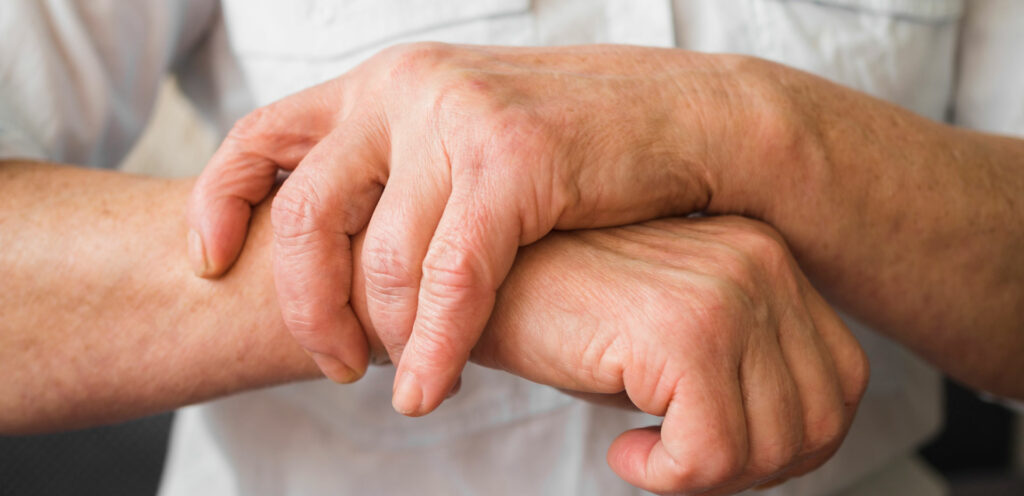September is Arthritis Awareness Month so this blog gives you just a little information about this disease which affects more than 6 million Canadians.
John Hopkins Hospital defines arthritis and other rheumatic diseases as common conditions that cause pain, swelling, and limited movement and affect joints and connective tissues around the body. are affected by one or more types of arthritis.
Arthritis and other rheumatic diseases are often associated with old age, but they can affect people of all ages, including children.
The two most common forms of arthritis are:
- Osteoarthritis is the most common type of arthritis and is a chronic disease of the joints, especially the weight-bearing joints – knee, hip, and spine. It happens in many people as they age but may also occur in young people because of an injury or overuse.
- Rheumatoid arthritis This is an inflammatory disease of the joint linings. The inflammation may affect any of the body’s joints and can also affect organs such as the heart or lungs.
There are other forms of arthritis or related disorders which include gout, lupus, scleroderma, ankylosing spondylitis and JIA or juvenile idiopathic arthritis.
What causes arthritis?
- Osteoarthritis is caused by the everyday wear and tear of joints over time or overuse of joints.
- Rheumatoid arthritis, lupus, and scleroderma are caused by the body’s immune system attacking the body’s own tissues.
- Gout is caused by the buildup of crystals in the joints.
- Some forms of arthritis are genetic, while others currently have unknown causes.
Who is at risk for arthritis?
The main factors for arthritis risk are aging, gender (women are more likely than men) and heredity.
However, there are certain things that increase the likelihood of developing osteoarthritis including:
- being overweight or obese
- joint injuries
- infection
- work or repetitive sports/exercise
What are the symptoms of arthritis?
The most common symptoms include pain, swelling, warmth, redness, or stiffness in one or more joints that doesn’t go away, or recurs and/or trouble moving a joint or joints in a normal way.
How is arthritis diagnosed?
Usually, your healthcare provider will start diagnosis with blood tests which may include antibody tests, blood count, sedimentation rate, or uric acid tests for gout.
Other tests may also be done such as x-rays, skin typing or biopsy or muscle biopsy.
How is arthritis treated?
Treatment depends on symptoms, age, and general health. It will also depend on what type of arthritis you have, and how severe it is. A treatment plan is tailored to each person with their health care provider(s). It can include medications, therapy or even surgery.
There is no cure for arthritis. The goal of treatment is often to limit pain and inflammation and help ensure joint function. Treatment plans often use both short-term and long-term methods.
Living with arthritis
Because there is no cure for arthritis, it is important to help keep joints working by reducing pain and inflammation. This may involve changes in lifestyle as well a treatment program that will include medication and therapy. Lifestyle changes can include weight loss, exercise and types of exercise, more rest, the use of assistive devices and equipment as well as managing the use of medications.
